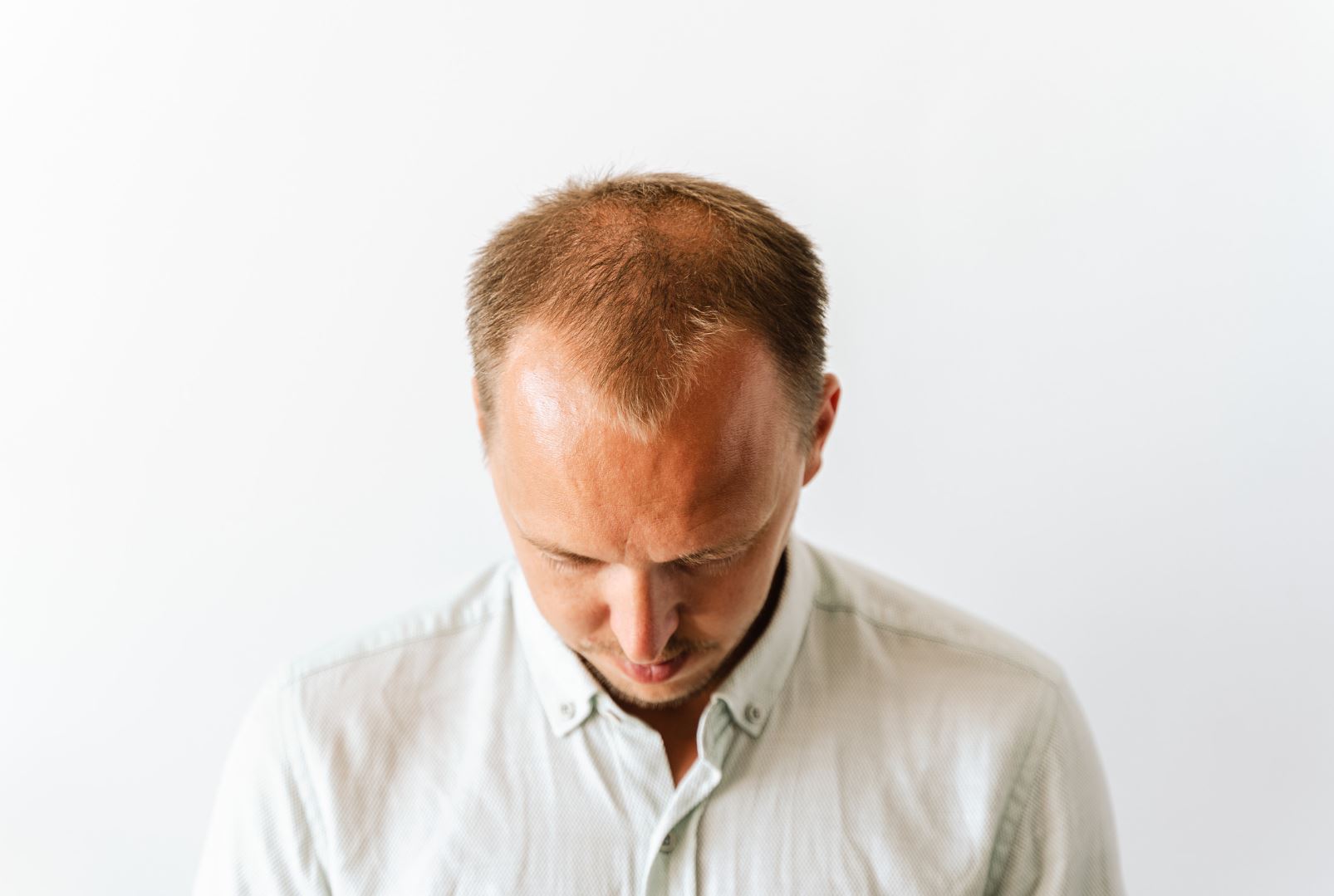
Hair loss can be a distressing experience, affecting self-confidence and overall quality of life. Follicular Unit Transplantation (FUT) is a widely recognized surgical procedure that offers a solution for individuals seeking to restore a fuller head of hair. This article goes over the essentials of FUT hair transplant, including an introduction to the technique, a detailed procedure overview, benefits and risks, as well as cost and recovery considerations.
Introduction to FUT Hair Transplant
Follicular Unit Transplantation, commonly referred to as FUT, is a hair restoration technique that involves harvesting a strip of scalp from the donor area (usually the back of the head) to extract individual follicular units. These units are then implanted into the recipient area where hair thinning or balding have occurred. Unlike other methods, such as Follicular Unit Extraction (FUE), FUT is known for its ability to provide a high yield of grafts, making it ideal for those needing extensive coverage.
FUT is often chosen by individuals experiencing significant hair loss or those seeking a permanent solution for conditions like male or female pattern baldness. The procedure is performed by experienced hair restoration surgeons and is celebrated for its precision and effectiveness.
FUT Procedure Overview
The FUT procedure is a meticulous process that involves several critical steps:
Consultation and Planning: Before the surgery, the surgeon first evaluates the patient’s scalp, discusses their goals, and designs a personalized treatment plan. Factors like hair density, donor area quality, and the extent of hair loss are all considered.
Preparation: On the day of the procedure, the donor area is numbed using local anesthesia. A strip of scalp, typically 1 to 1.5 centimeters wide, is carefully removed.
Graft Dissection: The harvested strip is handed to a team of technicians who dissect it under a microscope into individual follicular units, each containing 1 to 4 hairs. This step ensures minimal damage to the follicles.
Recipient Site Creation: The surgeon creates tiny incisions in the balding area, ensuring the angle and direction of the incisions match the natural hair growth pattern.
Graft Implantation: The prepared follicular units are implanted into the recipient sites, ensuring even distribution and a natural appearance.
Post-Procedure Care: The patient receives instructions on how to care for the transplanted area to ensure optimal healing and growth.
The entire process can take several hours, depending on the number of grafts required. Most patients can return home the same day.
Benefits and Risks of FUT
Benefits:
High Graft Yield: FUT allows for the transplantation of a large number of hair follicles in one session, making it efficient for extensive hair restoration.
Natural Results: The technique ensures the transplanted hair blends seamlessly with existing hair, creating a natural look.
Permanent Solution: The transplanted hair is resistant to the effects of hormones responsible for hair loss, ensuring lasting results.
Cost-Effective for Larger Procedures: Compared to FUE, FUT can be more economical for patients requiring a high number of grafts.
Risks:
Linear Scar: FUT leaves a linear scar at the donor site, which may be visible if the hair is cut very short.
Healing Time: The recovery period for the donor area can be longer compared to FUE.
Temporary Side Effects: Patients may experience swelling, numbness, or itching in the treated areas.
Infection or Bleeding: Though rare, complications such as infection or excessive bleeding can occur without proper care.
Patients should discuss their medical history and concerns with their surgeon to minimize risks and ensure a successful outcome.
Cost and Recovery
Cost:
The cost of an FUT hair transplant varies based on several factors, including the geographic location, the selected surgeon, and the number of grafts needed. On average, the procedure can range from $4,000 to $15,000. Some clinics offer financing options to make the treatment more accessible.
Recovery:
Recovering from FUT typically involves the following:
Initial Healing: The stitches in the donor area are removed within 7-10 days. Patients may feel tightness or discomfort in the donor region during this time.
Shedding Phase: Transplanted hairs often fall out within the first month. This is a normal part of the growth cycle.
New Hair Growth: Visible hair growth begins around 3-4 months post-surgery, with full results appearing within 12-18 months.
To promote healing and growth, patients are advised to follow post-operative instructions, which may include:
- Avoiding strenuous activities for a few weeks.
- Keeping the scalp clean and protected from direct sunlight.
- Using prescribed medications to manage discomfort and prevent infection.
Conclusion
FUT hair transplant is a time-tested solution for individuals seeking to address hair loss with natural and lasting results. While the procedure has its risks, the benefits—including high graft yield and cost-effectiveness—make it an appealing option for many. By understanding the procedure, its advantages, and what to expect during recovery, patients can make informed decisions and take the first step toward restoring their confidence.
Ready to learn more or schedule a consultation? Visit Miami Hair Institute today!

